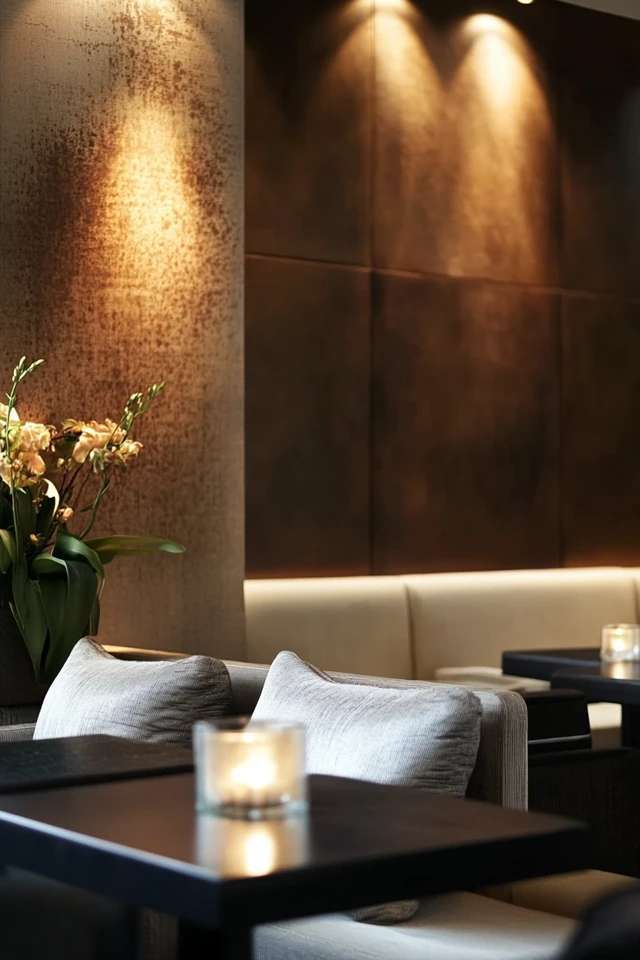Introduction
Lighting can make or break the feel of a room, especially when you’re working with tight spaces. In compact rooms, where every square inch counts, layered lighting becomes essential—not just for function but also for creating ambiance, adding depth, and making the space feel larger and more inviting. Layered lighting involves combining different types of lighting—ambient, task, and accent—into a cohesive design that enhances both the practicality and aesthetics of a room.
I first realized the transformative power of layered lighting while renovating a tiny home office that felt dark and cramped. At first, I relied solely on a single overhead light, which made the space feel flat and uninspiring. By adding a sleek desk lamp for task lighting, a warm floor lamp for ambiance, and a string of LED strip lights to highlight shelving, the room came alive. It felt brighter, cozier, and much more functional—all without adding a single square foot.
In this guide, we’ll explore how to incorporate layered lighting into tight rooms, ensuring your space is as beautiful as it is practical. Whether it’s a small bedroom, a compact kitchen, or a cozy reading nook, these strategies will help you use lighting to elevate your design and transform the feel of your space.
The Perfect Design for You
Layered lighting is perfect for anyone looking to make their tight spaces feel more functional, spacious, and well-designed. It’s especially beneficial in small apartments, studio setups, or any room where space constraints limit furniture and decor options.
Imagine a narrow living room that feels instantly cozier with a combination of soft overhead lighting, a warm table lamp by the sofa, and subtle LED strips highlighting a gallery wall. Or picture a small kitchen with pendant lights over the island, under-cabinet lighting for tasks, and recessed ceiling lights for overall brightness. Layered lighting allows you to define zones, add personality, and make the most of every corner, all while keeping the space feeling airy and uncluttered.
Whether your style is minimalist, industrial, bohemian, or traditional, layering your lighting can transform your room into a functional and stunning haven.
Picture Gallery
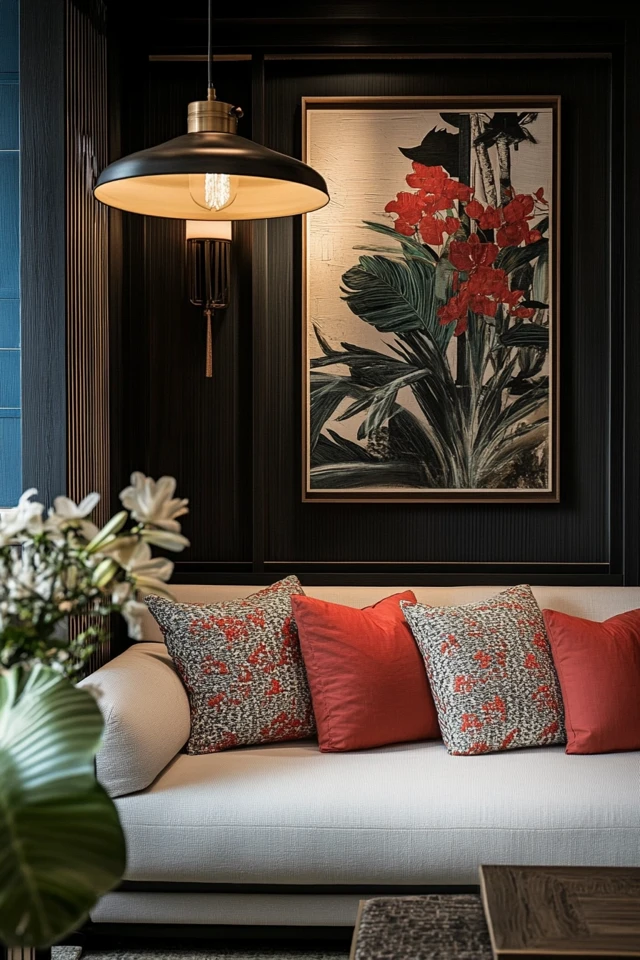
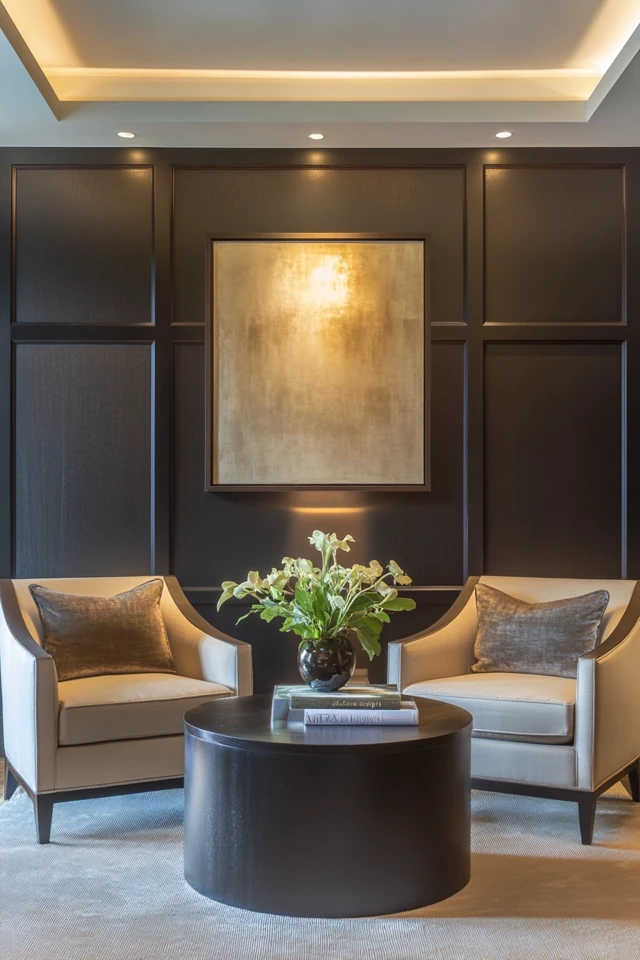
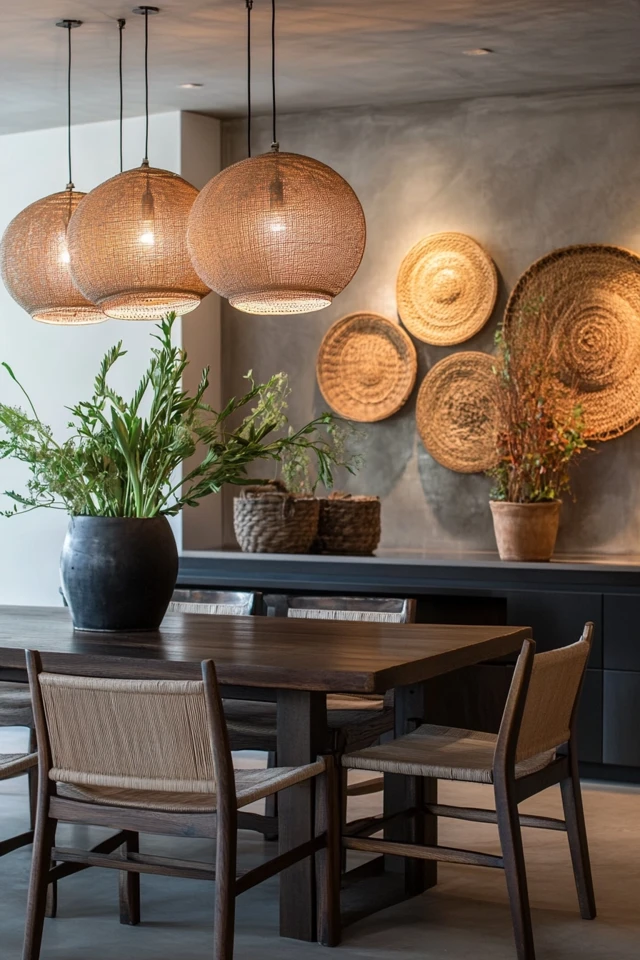
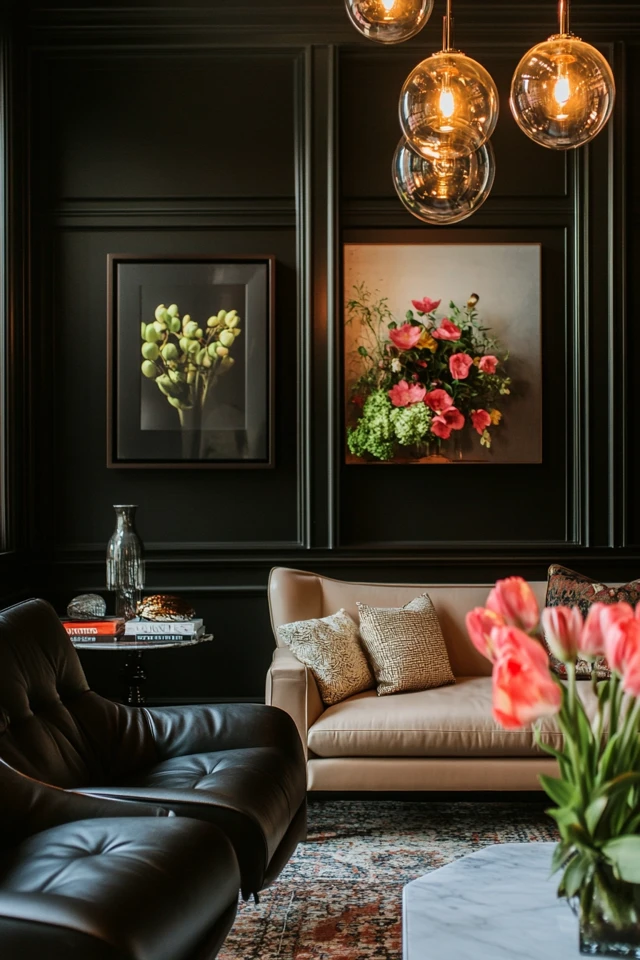
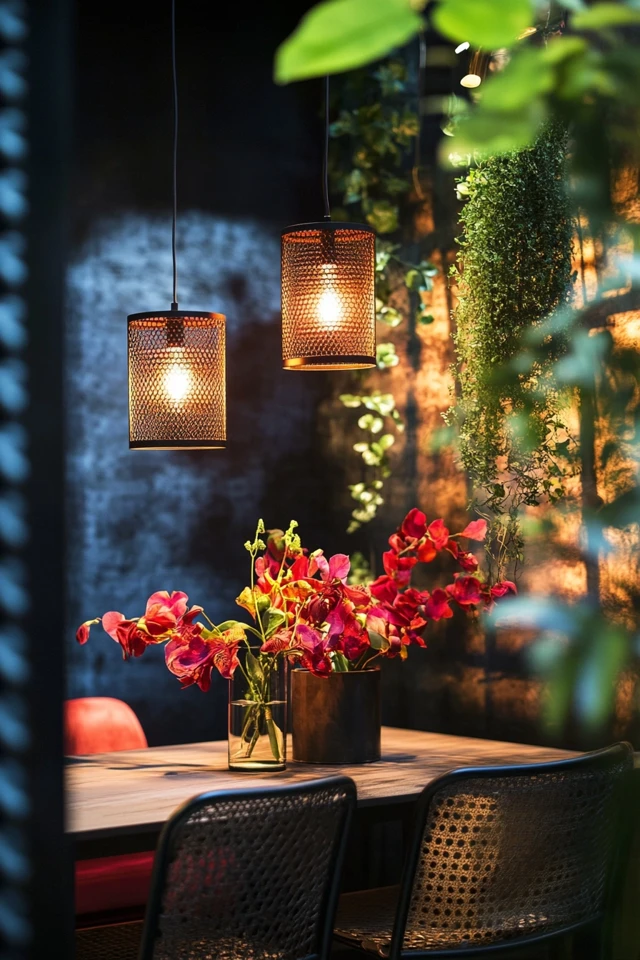
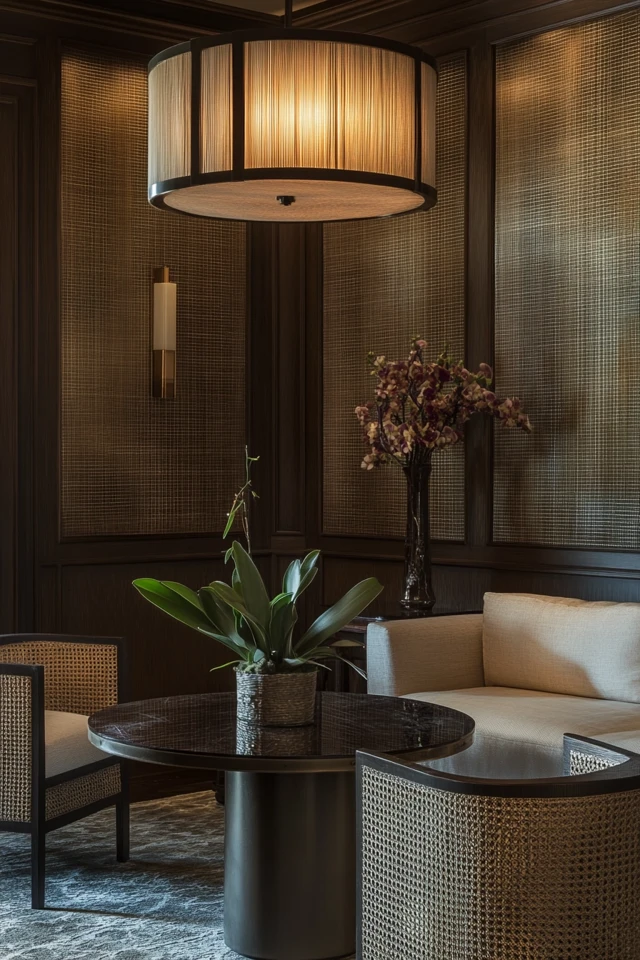
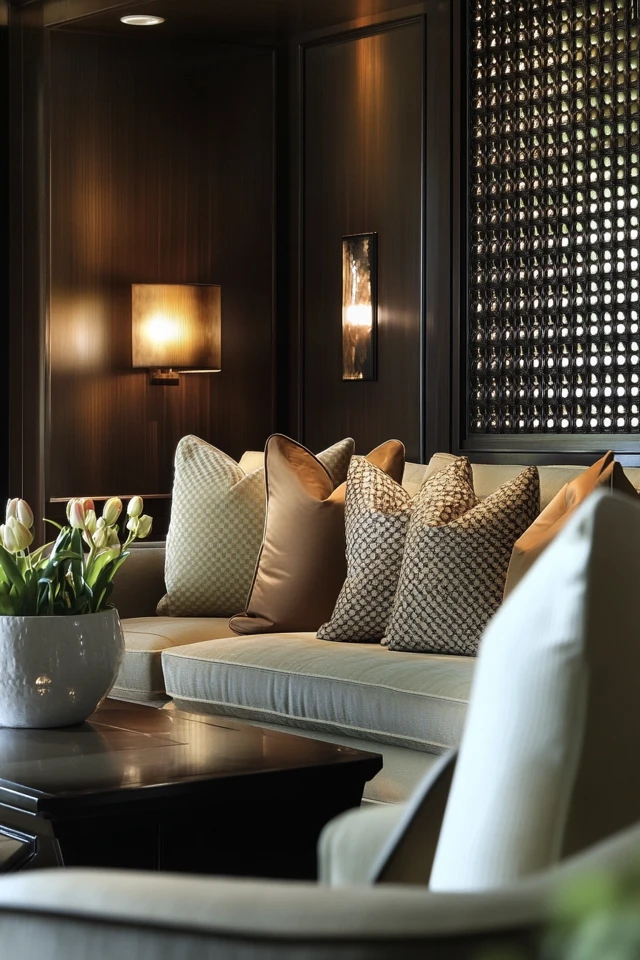
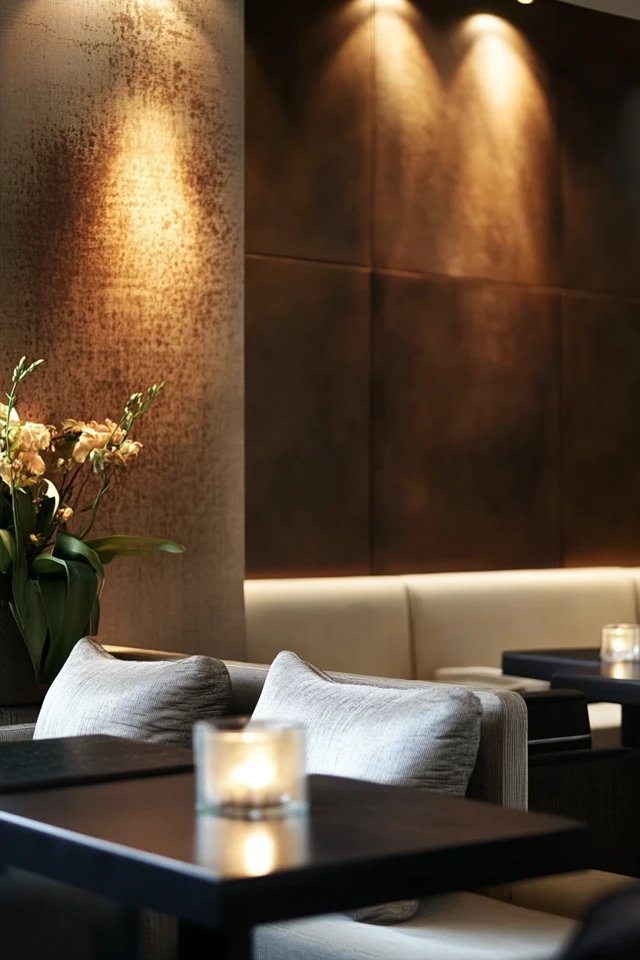
Why Layered Lighting Works So Well in Tight Rooms
Layered lighting offers more than just illumination—it creates depth, functionality, and mood in tight rooms. Here’s why it’s so effective:
- Illusion of Space: By strategically placing light sources at different levels, layered lighting creates the illusion of depth, making small rooms feel larger.
- Improved Functionality: Combining different types of lighting ensures that every activity—reading, working, relaxing—has the perfect illumination.
- Enhanced Ambiance: Layered lighting allows you to adjust the mood of a room by dimming or turning off certain layers, making it versatile for various occasions.
- Focus on Details: Accent lighting highlights architectural features, artwork, or decor, drawing attention to your room’s best attributes.
- Design Cohesion: Layered lighting ties the room together, creating a polished and intentional look that feels thoughtfully designed.
Lighting designers often emphasize the importance of layering to achieve balance and versatility in a space. In tight rooms, where every decision matters, this approach ensures your lighting works as hard as the rest of your design.
How to Incorporate Layered Lighting in Tight Rooms: Step-by-Step
1. Start with Ambient Lighting
- What It Is: Ambient lighting is the room’s primary light source, providing overall illumination.
- How to Use It:
- Choose fixtures that spread light evenly, such as flush-mount ceiling lights, recessed lights, or pendant fixtures.
- Opt for dimmable options to adjust brightness based on the time of day or activity.
- Use warm white bulbs to create a cozy atmosphere or cool white bulbs for a brighter, modern feel.
- Example: In a small bedroom, a low-profile ceiling light ensures the entire space feels bright and open without taking up visual or physical space.
2. Add Task Lighting for Functionality
- What It Is: Task lighting focuses light on specific areas where activities like reading, cooking, or working take place.
- How to Use It:
- Use adjustable desk lamps or clamp-on lights for workspaces.
- Add under-cabinet lighting in kitchens for meal prep or above sinks in bathrooms.
- Position task lighting to eliminate shadows and reduce eye strain.
- Example: In a compact home office, a slim desk lamp with adjustable brightness provides focused illumination for productivity without crowding the desk.
3. Incorporate Accent Lighting for Depth
- What It Is: Accent lighting highlights specific features, such as artwork, shelving, or architectural details.
- How to Use It:
- Install LED strip lights along the underside of shelves or cabinets for a subtle glow.
- Use picture lights to illuminate artwork or photographs.
- Add small wall sconces or uplights to draw attention to textured walls or corners.
- Example: In a small living room, LED strips beneath floating shelves create a warm glow that adds depth and highlights decor without taking up space.
4. Utilize Layers at Different Heights
- Mixing light sources at varying heights creates a sense of dimension and balance:
- Use overhead lights for general illumination, table lamps or floor lamps for mid-level lighting, and sconces or LED strips for low-level lighting.
- Avoid clustering all light sources in one area—distribute them evenly throughout the room.
- Example: In a narrow hallway, a combination of ceiling-mounted lights, wall sconces, and a small table lamp at one end creates a balanced, layered effect.
5. Choose Space-Saving Fixtures
- In tight rooms, opt for lighting solutions that don’t take up valuable space:
- Wall-mounted sconces save floor and table space while adding elegance.
- Pendant lights or recessed fixtures keep the ceiling clear in small rooms.
- Slim-profile or foldable desk lamps are ideal for workspaces with limited surface area.
- Example: A small bathroom with wall-mounted sconces on either side of the mirror provides ample light without crowding the vanity.
6. Use Mirrors to Amplify Light
- Mirrors reflect light, making tight spaces feel larger and brighter:
- Position mirrors opposite windows or light fixtures to maximize the effect.
- Choose decorative mirrors that double as wall art.
- Pair mirrors with accent lighting for a soft, diffused glow.
- Example: A compact dining nook with a large round mirror and a pendant light feels brighter and more spacious.
7. Focus on Bulb Selection
- The type of bulb you choose significantly impacts the feel of the room:
- Use LED bulbs for energy efficiency and customizable brightness.
- Opt for warm tones (2700-3000K) in cozy spaces like bedrooms and living rooms.
- Use cool tones (4000-5000K) for work areas like kitchens or home offices.
- Example: A reading corner with a warm-toned bulb in a table lamp feels inviting and soothing.
8. Layer Lighting Controls
- Give yourself flexibility by incorporating multiple control options:
- Use dimmer switches to adjust brightness for different activities or times of day.
- Install smart lighting systems to control layers independently through apps or voice commands.
- Group lights by function (e.g., task lights vs. accent lights) to simplify control.
- Example: In a small bedroom, a dimmable ceiling light and a bedside lamp with touch controls provide versatile lighting options.
9. Highlight Vertical Features
- Draw the eye upward to make tight rooms feel taller:
- Use floor lamps with upward-facing shades to emphasize vertical lines.
- Install uplights near tall plants, bookshelves, or artwork.
- Choose pendant lights that direct light both up and down for a balanced look.
- Example: A narrow entryway with an uplight near a tall mirror creates a sense of height and drama.
10. Edit and Simplify
- Avoid overloading a small space with too many fixtures or overly bright lights:
- Stick to a cohesive style for all lighting elements to create a unified look.
- Limit the number of accent lights to avoid visual clutter.
- Regularly evaluate your setup and remove any fixtures that feel unnecessary.
- Example: A compact kitchen with recessed ceiling lights, under-cabinet strips, and one pendant light feels balanced without being overwhelming.
FAQ
1. What’s the best way to layer lighting in a tiny room?
Start with ambient lighting, then add task lights for specific activities and accent lighting for depth. Use space-saving fixtures like wall sconces or LED strips.
2. Can I use floor lamps in tight spaces?
Yes, but choose slim-profile or arc floor lamps that don’t take up much floor space. Position them strategically to avoid cluttering the room.
3. How do I make a small room feel brighter?
Use a combination of light sources at different levels, incorporate mirrors to reflect light, and stick to light-colored walls and decor.
4. What type of bulbs work best for compact spaces?
LED bulbs with adjustable brightness are ideal. Use warm tones for cozy spaces and cool tones for work areas.
5. How do I balance functionality and ambiance in small rooms?
Layer lighting to include task lights for practicality and accent lights for mood. Use dimmers to adjust the overall brightness as needed.
Variations
- Minimalist Approach: Stick to recessed lights, slim floor lamps, and understated sconces for a clean, streamlined look.
- Industrial Vibes: Incorporate metal fixtures, Edison bulbs, and exposed wiring for an urban, edgy feel.
- Cozy Boho Style: Use string lights, rattan pendants, and lantern-style lamps for a warm, relaxed ambiance.
- Modern Elegance: Combine sleek track lighting, LED strips, and glass pendant lights for a polished, sophisticated design.
- Scandinavian Simplicity: Focus on natural materials, soft white light, and simple designs for a bright and airy aesthetic.
How to Showcase It
- Living Rooms: Combine recessed lights, a floor lamp near the sofa, and LED strips under a media console for a layered effect.
- Bedrooms: Use wall-mounted sconces for bedside lighting, a small chandelier for ambiance, and a desk lamp for functionality.
- Kitchens: Pair pendant lights over the island with under-cabinet task lighting and recessed ceiling fixtures.
- Bathrooms: Add a mirror with integrated lighting, overhead fixtures, and a small sconce for a spa-like feel.
- Hallways: Use wall sconces, recessed lights, and a floor lamp at the end to create a warm, inviting atmosphere.
Occasions to Feature It
- Daily Living: Create versatile lighting setups for relaxation, productivity, and everything in between.
- Entertaining Guests: Use dimmable and accent lighting to set the mood for social gatherings.
- Seasonal Decor: Highlight seasonal accents or decor with string lights or small uplights.
- Work-from-Home Spaces: Combine task lighting with ambient and accent lights to make home offices functional and comfortable.
- Relaxation Zones: Use layered lighting to create a calming environment for reading, meditating, or unwinding.
Conclusion
Layered lighting is a transformative tool for tight rooms, bringing both style and functionality to small spaces. By combining ambient, task, and accent lighting, you can create a well-lit room that feels larger, more inviting, and perfectly tailored to your needs.
Whether you’re working with a tiny bedroom, a compact kitchen, or a cozy home office, these techniques will help you make the most of your space. From space-saving fixtures to reflective surfaces, layered lighting ensures your room feels bright, balanced, and full of personality.
So embrace the power of light and start layering! With these strategies, even the smallest rooms can shine.

